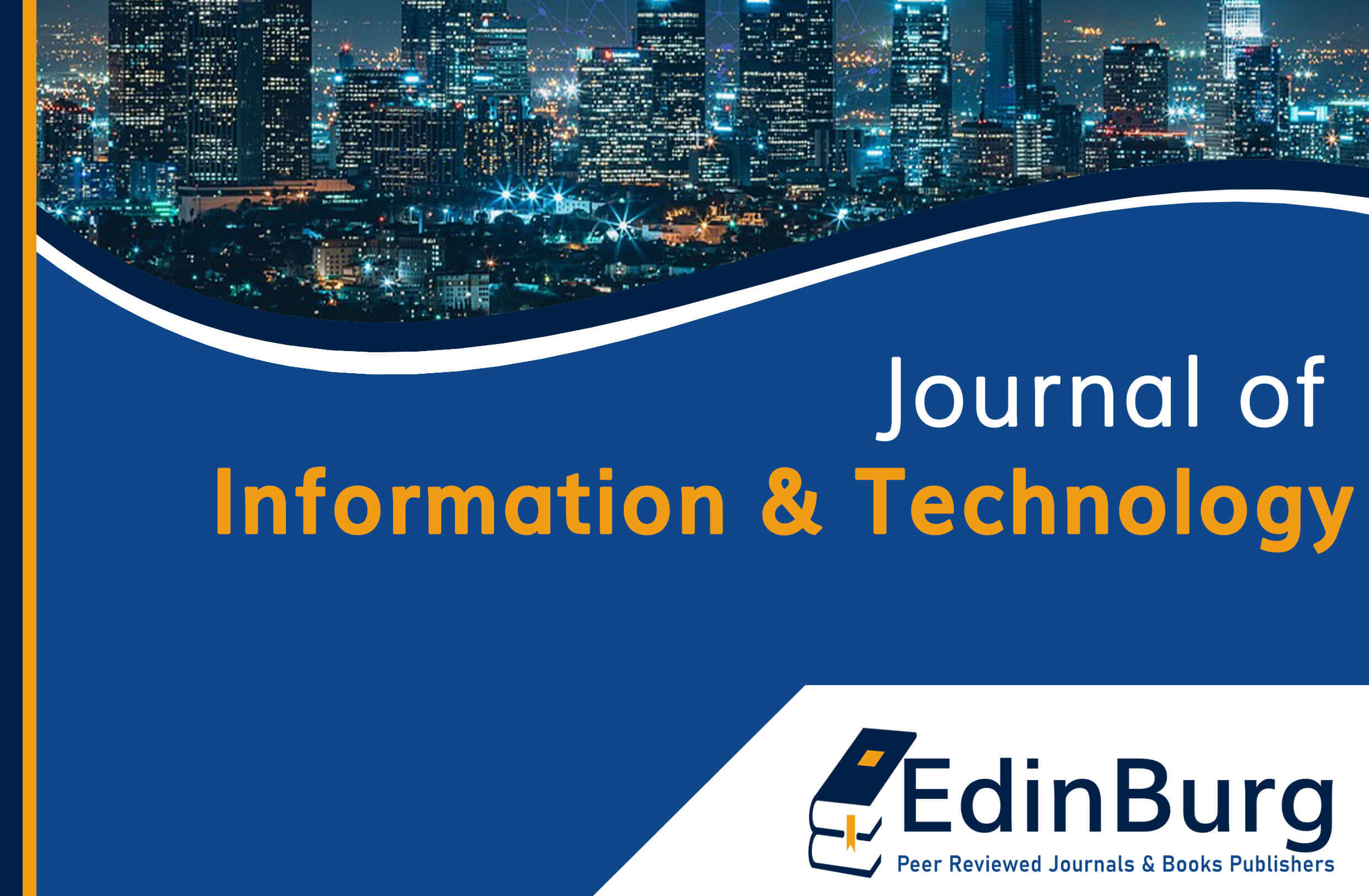Artificial Intelligence Tools and Sustainable Development
DOI:
https://doi.org/10.70619/vol5iss5pp26-33Keywords:
Artificial Intelligence, Sustainable Development, Environmental Protection, Resource Management, Societal Well-beingAbstract
Artificial Intelligence (AI) has emerged as a transformative technology, playing a critical role in advancing sustainable development. This paper examines the intersection of AI tools and sustainable development, focusing on key areas such as environmental protection, resource management, and societal well-being. By leveraging AI for climate change mitigation, biodiversity conservation, and waste management, we can achieve significant environmental benefits. In resource management, AI enhances water resource management, agricultural practices, and sustainable urban planning. Additionally, AI contributes to societal well-being through improved healthcare, personalized education, and effective disaster response. Despite its potential, the implementation of AI in sustainable development faces challenges, including data privacy concerns, algorithmic bias, and the need for adequate infrastructure and expertise. Addressing these challenges is crucial for maximizing AI’s positive impact on sustainability. This paper will cover three main areas where AI impacts sustainable development: environmental protection, resource management, and societal well-being. Each section delves into specific applications, providing case studies and examples to illustrate AI's role. This paper provides a comprehensive overview of current AI applications in sustainable development, discusses their potential impacts, and explores the ethical and practical considerations involved. By doing so, it aims to contribute to the ongoing discourse on how AI can be harnessed to create a more sustainable and equitable future.
References
Adeshina, S. A., & Aina, O. (2023). The Role of AI in SDG: An African Perspective. In The Ethics of Artificial Intelligence for the Sustainable Development Goals (pp. 133-143). Cham: Springer International Publishing.
Binu, V. P. & KJ, A. M., (2024). Helping Hand of AI for achieving SDG. Journal of Applied Science, Engineering, Technology and Management, 2(01), 29-34.
Esser, F. J., Auth, P., & Speck, T. (2020). Artificial venus flytraps: a research review and outlook on their importance for novel bioinspired materials systems. Frontiers in Robotics and AI, 7, 75.
Jayanthi, J., & Kumar, K. A. (2024). AI-Driven Restoration: Enhancing Biodiversity Conservation and Ecosystem Resilience. In Explainable AI (XAI) for Sustainable Development (pp. 180-193). Chapman and Hall/CRC.
Jiang, F., & Doudna, J. A. (2017). CRISPR–Cas9 structures and mechanisms. Annual review of biophysics, 46(1), 505-529.
Jones, A., & Bomash, I. (2018). Validating mastery learning: assessing the impact of adaptive learning objective mastery in Knewton Alta. In Artificial Intelligence in Education: 19th International Conference, AIED 2018, London, UK, June 27–30, 2018, Proceedings, Part II 19 (pp. 433-437). Springer International Publishing.
Powles, J., & Hodson, H. (2017). Google DeepMind and healthcare in an age of algorithms. Health and technology, 7(4), 351-367.
Pradhan, P., Costa, L., Rybski, D., Lucht, W., & Kropp, J. P. (2017). A systematic study of sustainable development goal (SDG) interactions. Earth's Future, 5(11), 1169-1179.
Pransky, J. (2020). The Pransky interview: Dr. Matanya Horowitz, founder and CEO of AMP robotics. Industrial Robot: the international journal of robotics research and application, 47(3), 319-323.
Rajpurkar, P., Chen, E., Banerjee, O., & Topol, E. J. (2022). AI in health and medicine. Nature medicine, 28(1), 31-38.
Ritter, S. (2011). The research behind the Carnegie Learning math series. Pittsburgh, PA: Carnegie Learning.
Sdg, U. (2019). Sustainable development goals. The energy progress report. Tracking SDG, 7, 805-814.
Suresh, S. (2013). Biography retrieved from https://www.nsf.gov/about/history/bios/ssuresh.jsp on 27 July 2024.
Waisberg, E., Ong, J., Masalkhi, M., Zaman, N., Sarker, P., Lee, A. G., & Tavakkoli, A. (2024). Google’s AI chatbot “Bard”: a side-by-side comparison with ChatGPT and its utilization in ophthalmology. Eye, 38(4), 642-645.
Zerouaoui, J., Alaoui, A., Ettaki, B., & Chakir, E. (2022, November). Assessing the Improvements Brought by Artificial Intelligence on the Prediction of Aerodynamic Coefficients. In The International Conference on Artificial Intelligence and Smart Environment (pp. 254-263). Cham: Springer International Publishing.
Zhao, Z., Hwang, Y., Yang, Y., Fan, T., Song, J., Suresh, S., & Cho, N. J. (2020). Actuation and locomotion driven by moisture in paper made with natural pollen. Proceedings of the National Academy of Sciences, 117(16), 8711-8718.
Downloads
Published
How to Cite
Issue
Section
License
Copyright (c) 2025 Dr. KN Jonathan

This work is licensed under a Creative Commons Attribution-NonCommercial-NoDerivatives 4.0 International License.





